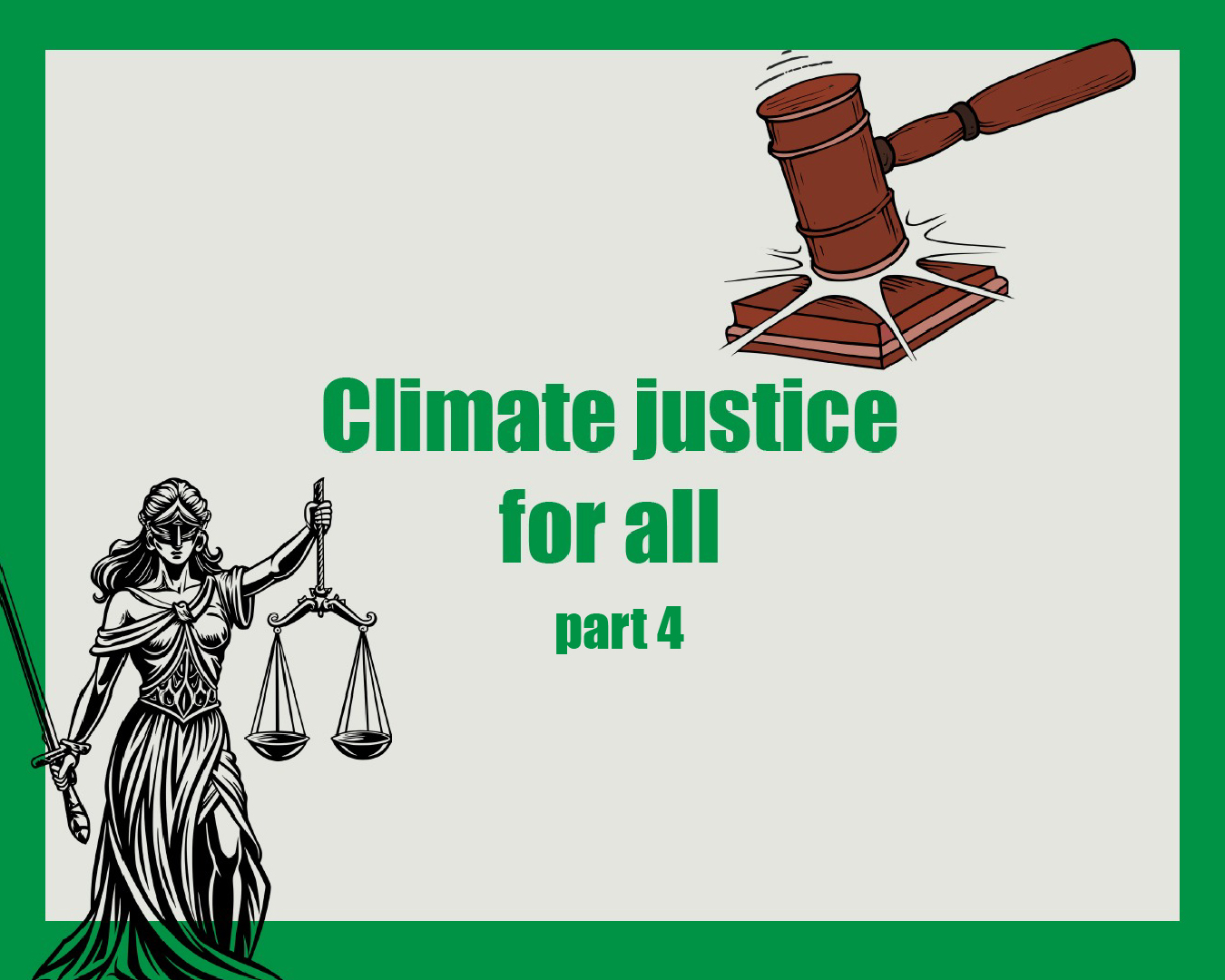Agriculture is essential for food security, but it is also a major source of greenhouse gas emissions. According to the Intergovernmental Panel on Climate Change (IPCC), agriculture, forestry, and land use changes are responsible for about 23% of global greenhouse gas emissions. When other parts of the food system are included—such as processing, packaging, and transportation—this number rises to around 26% of global emissions.
Global Agriculture and Local Consequences
The European Union imports large amounts of food from other continents, including products like soy, palm oil, cocoa, coffee, and avocados. This practice has two major consequences:
- Impact on producing countries: In many regions of Latin America, Africa, and Southeast Asia, export-oriented production leads to shortages of water and food for the local population. For example, intensive avocado farming in Chile and Mexico causes local water shortages while the product is exported to Europe.
- Emissions from transport and packaging: Long-distance transportation and complex supply chains increase greenhouse gas emissions. According to the European Environment Agency, transporting food over long distances significantly contributes to the EU’s total emissions.
Slavonia: Challenges and Adaptations
Slavonia, a key agricultural region in Croatia, is facing specific challenges related to climate change. According to a report from the Faculty of Agrobiotechnical Sciences in Osijek, agriculture and water management are among the most affected sectors. Climate change is causing more frequent droughts, extreme weather events, and changes in rainfall patterns, all of which directly impact crop yields and quality.

photo: https://croatia.hr/en-gb/posjeti-me/slavonia
Experts recommend the following adaptation measures:
- Conservation agriculture: This approach includes minimal soil disturbance, crop rotation, and keeping plant residues on the soil surface to reduce erosion and improve moisture retention.
- Growing more resilient crops: Introducing plant varieties that are more resistant to drought and high temperatures can help maintain yields despite changing climate conditions.
- Improving irrigation systems: Investing in modern and efficient irrigation systems can support better water management and reduce waste.
Agriculture plays a dual role in the context of climate change: on one hand, it is a significant source of greenhouse gas emissions, and on the other, it is one of the most affected sectors. Implementing sustainable practices and adapting to climate change are crucial steps to preserve agricultural production and ensure food security, both globally and in regions like Slavonia.
author: Zoran Pavletić
As an ambassador for the European Climate Pact, I would like to point out that the views expressed in this article are solely my personal views and do not necessarily reflect the views of the European Commission or the European Climate Pact. – Zoran Pavletić
#EUClimatePact#ClimateJustice#JustTransition#ActOnClimate#FairFuture


